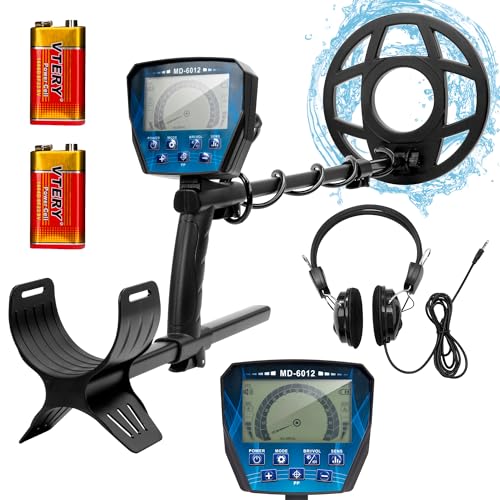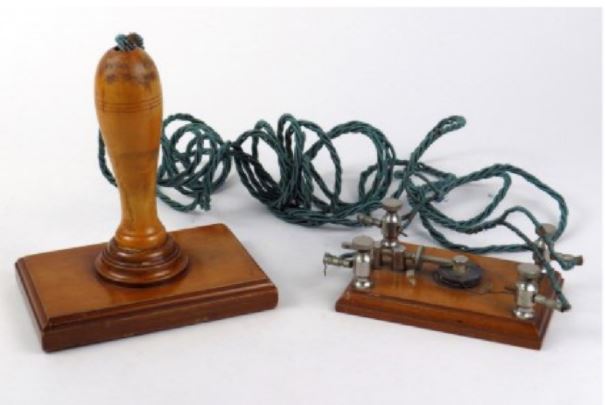
Who invented the metal detector? Well, metal detectors have been around since the 1800s. A device resembling a metal detector was first used by Alexander Graham Bell who was trying to find a bullet that had been fired into the then President of the United States!
The history of the invention of this machine is quite interesting, as well as its development over time. With each new innovation in technology comes another advancement for these machines, making them more sensitive than ever before!
We Have To Save The President!
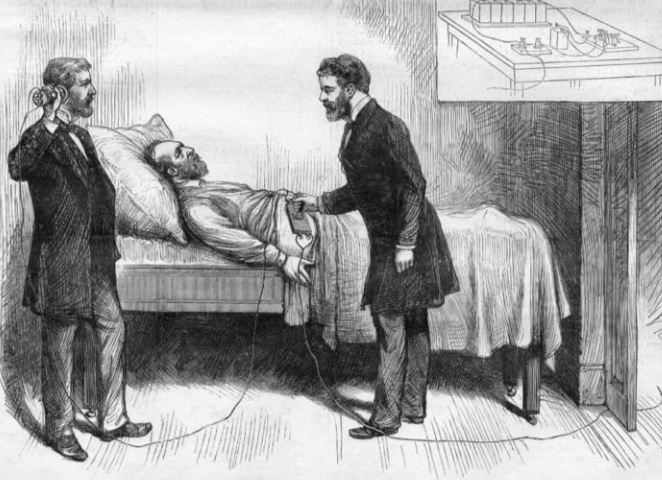
As we have said, the first metal detectors were developed not to find metal but to try and save the life of American President James Garfield who had been shot on July 2nd, 1881. Doctors had trouble locating the bullet in Garfield’s body, and so they decided to use a metal detector.
This was called an induction balance apparatus which used electromagnetic waves that were sent through his skin into muscle tissue where it detected metals like bullets or surgical instruments.
This device was invented by Alexander Graham Bell who happened to be visiting at the time. Unfortunately, these attempts proved unsuccessful and President Garfield died later that year from an infection caused by the bullet.
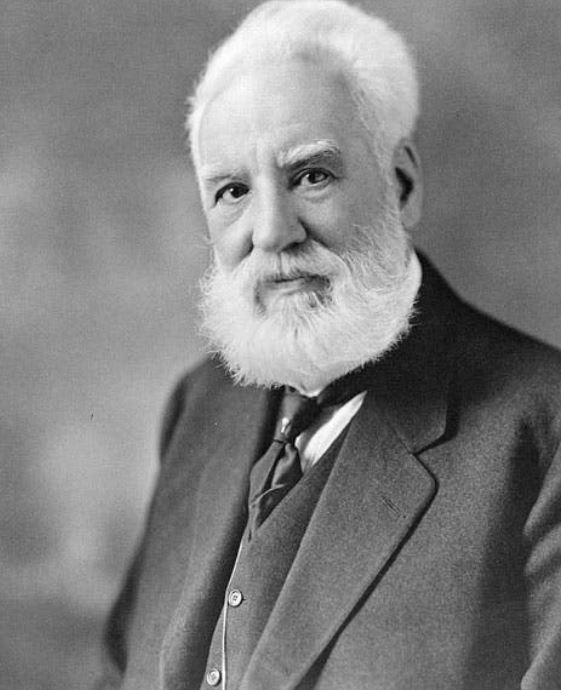
This prototype that Bell used unsuccessfully on President Garfield was to become the forerunner of every metal detector to come.
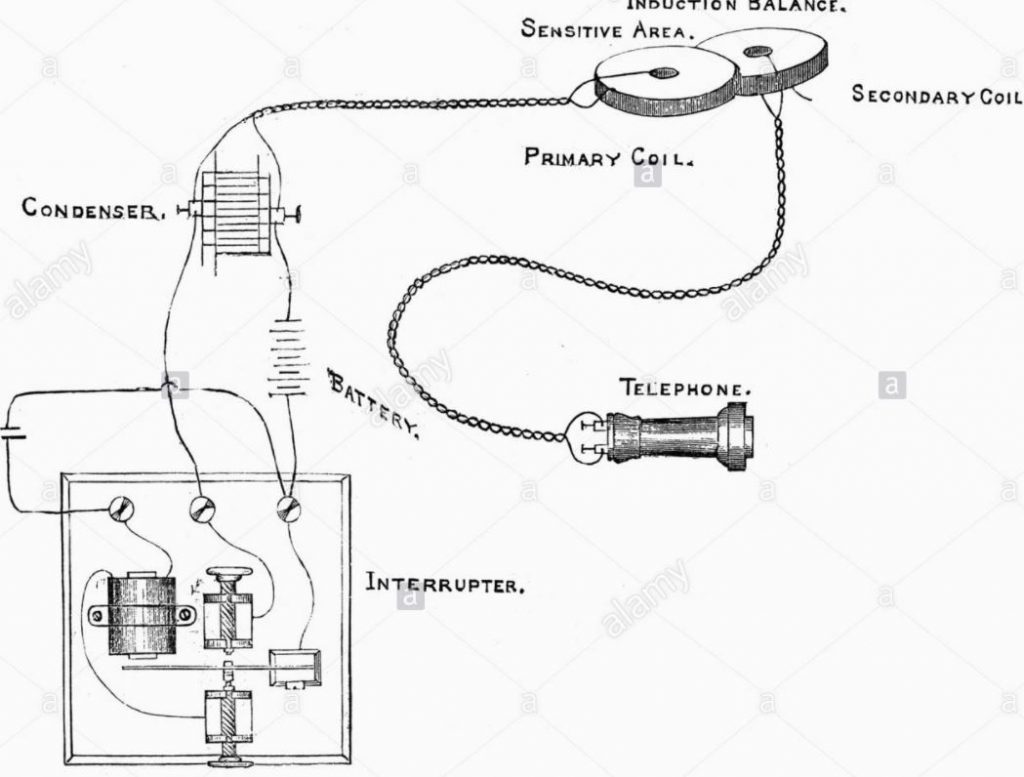
Bell’s invention and the ones that followed were large heavy machines and were used during World War One and World War Two, in the clearing of mines across the battlefields of Europe.
The M-Scope And The First Patent
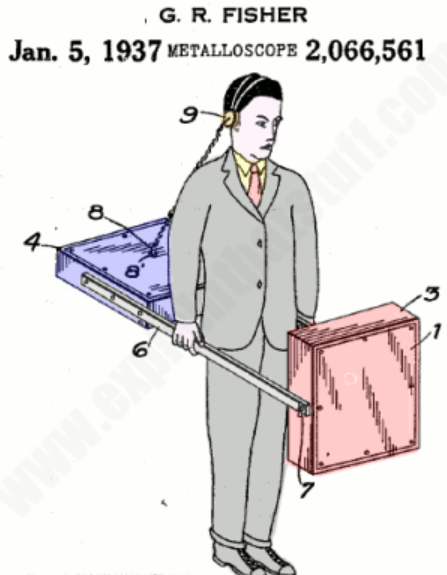
But all that was to change because, in 1931, an inventor named Gerhard Fisher founded a company called Fisher Research Labs. The founder and his four employees created the “Metallascope,” which could be very loosely compared to today’s handheld detectors. Within just a few years of its introduction, across the country and around the world, people became fascinated by this device and all the ways it could be utilized.
In 1925 Dr. Fisher was granted a patent for his invention. The M-Scope, as it was called, was a handheld metal detector and became the first machine of its kind to be able to detect the presence of metal underground, and it was also one that could be used for non-military purposes.
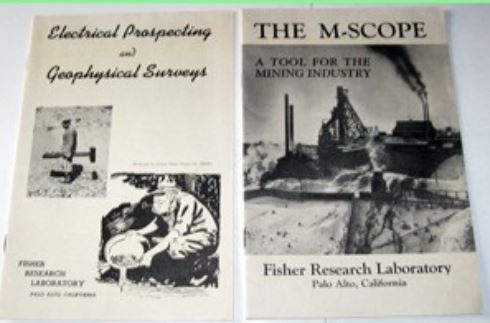
The operator would sweep the metal detecting device over any area where they suspected there might be some type of metallic object buried underground and if it detected anything at all then its needle-type pointer moved to show either “yes” or “no”.
The first metal detector as we know it today is credited to Gerhard Fisher, but the first to apply for a patent was Shirl Herr. His application had been filed in February of 1924, a year earlier than Fisher, but wasn’t patented until July 1928.
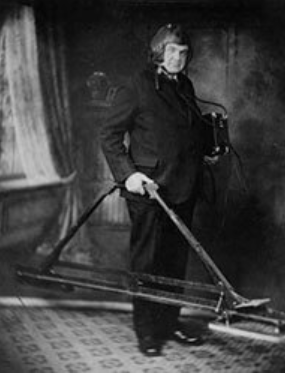
Herr’s invention was said to have been used by Admiral Richard Byrd. During Byrd’s Antarctic Expedition in 1933, it is said he used Herr’s invention to try and locate items left behind by earlier explorers. It was thought to be able to detect objects as deep as eight feet, which even by today’s standards is incredible!
As we have said, even though Gerhard Fisher was awarded the first patient, many other people had a major hand in developing this technology. With the increased popularity of metal detectors and the expiration of his patent, more competitors began producing similar equipment.

But it was Fisher Labs that helped lead the evolution of metal detectors through its relentless efforts to incorporate modern technology into every product, and by using the experience of its users all around the world.
Fisher has designed and produced such sophisticated products as Geiger counters, radio communication systems, voltage detectors, and cable fault locators since its inception. But it is because of these forward-thinking men, we have the modern metal detector that we all use today!
The Invention Of Transistors

It was the invention of transistors around 1947 that had the greatest impact on the development of the modern-day metal detector. Transistors are a type of semiconductor that can be used to amplify signals, and they were the perfect component for creating metal detectors.
Along with the rapid development of coil advancements as well as wireless technology, these things all contributed to the metal detector we know and love.
In the 1960s, industrial metal detectors were developed and used extensively for mineral resources and other industrial applications. Metal detectors have a bewildering variety of uses from de-mining to finding weapons, geophysical prospecting, archaeology, and of course treasure hunting.
The Induction balance System
The induction balance system was created by Heinrich Wilhelm Dove, a German physicist. His system played a key role in the creation of modern metal detectors and led to their further development. His basic setup included using two coils that were electrically balanced but would become unbalanced as soon as the metal was introduced into the vicinity.
The Frequency Metal Detector
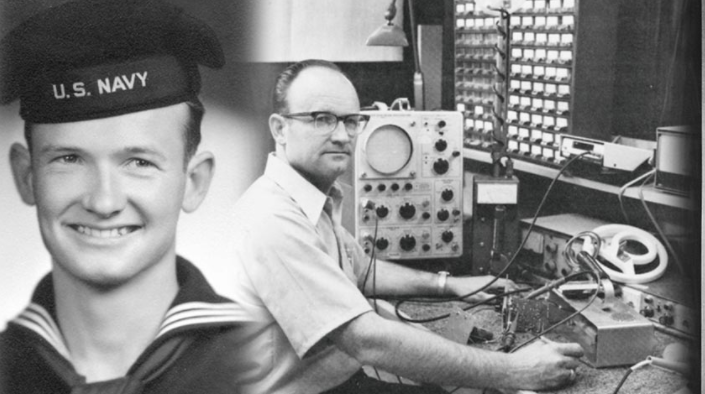
This frequency-based type of metal detector was later introduced by Charles Garrett. This development allowed companies to create metal detectors with different frequencies and sizes.
Garrett and other people like him further developed the technology and this helped the machines to become more powerful and more user-friendly. With smaller batteries and more advanced technology, and with the advancement of computer chips and highly sophisticated processors, their popularity grew and grew.
Modern Technology
Modern top models are now fully computerized, using integrated circuit technology that allows the user to set sensitivity, discrimination, track speed, threshold volume, notch filters, etc., and these settings are stored in the memory of the unit for future use.
Metal detectors have come a long way since their invention. Today’s metal detectors are much lighter and require less battery power than in the past. They also discriminate better and can detect things at much greater depths, in many different conditions.
How Coils Designs Have Developed Over Time

One of the most important advancements is that of coil design. Metal detecting coils used to be made of copper tubing, which was wrapped around a ferrite rod.
These coils were bulky and heavy to carry because they had so much metal inside them that needed shielding from the outside world with aluminum foil or other such material in order for it not to be affected by external interference (ie electrical power lines). Modern top models are now fully using coil designs which are much more efficient and lighter.
The first coil design was a single loop of wire, which is still used today in some models because it’s so easy to make coils with this type of construction (just wind the wires around one another).
The problem here though that more metal means less detection depth due to increased electrical resistance from all those loops wrapped together. To get around this situation metal detecting manufacturers have come up with a variety of coil designs to increase the detection depth.
The next design to emerge was called the “double-loop” and it consisted of two loops, one inside another (like an inner tube) which helped reduce electrical resistance by cutting down on all those wires wrapped together at once but still allowed for more metal because there were now twice as many coils. This helped the user to detect more metal at a greater depth.
Then came the “figure-eight”. Which consisted of two loops, one inside the other but with an overlapping area in between (like a figure eight). This helped reduce electrical resistance by cutting down on all those wires wrapped together again but still allowed for better detecting because there were now twice as many loops. This also helped the user to detect even deeper metals at a greater depth than before.
The Tunable Induction System

The biggest technical change in detectors was the development of a tunable induction system. This allowed the detector to be adjusted so that it could find metals of different types and sizes.
The system works by generating two electromagnetic or electrical signals at the same frequency and amplifies the difference between them which, if interference is present, results in a strengthened output from one signal path.
A turnable induction system (TIS) for metal detecting in fact utilizes eddy-currents and inductance to identify the objects being detected.
The tunable induction system is an important part of a metal detector because it has the ability to change its frequency so that it can tell the difference between the different metals buried in the ground. Tuning your metal detector will give you more chances at finding valuable items, and make sure that your search time isn’t wasted on worthless materials.
Final Thoughts
As you can see many people have contributed to the invention of the metal detector and they have really come a long way since their invention in the late 1800s. Metal detectorists today are able to use metal detectors that are more powerful and cover larger areas and search much deeper than ever before. With so many advancements in metal detecting technology, it is no wonder why these machines have become so popular with amateur treasure hunters!









